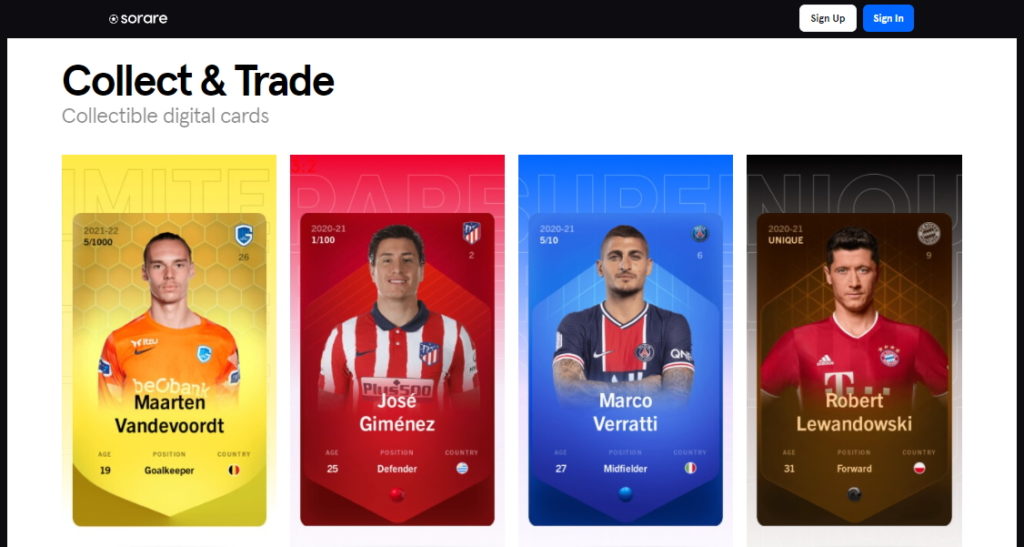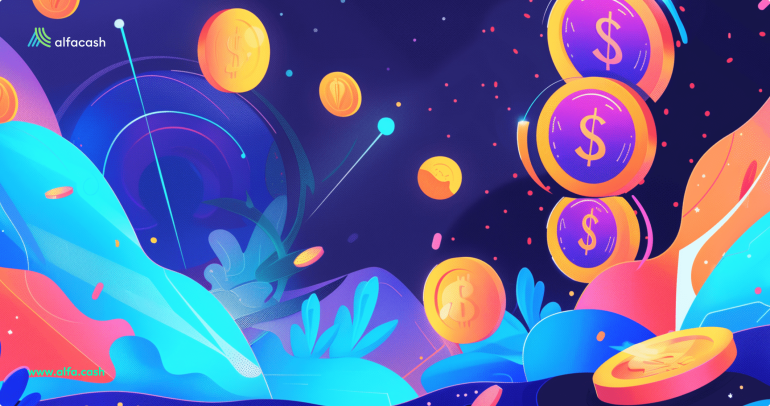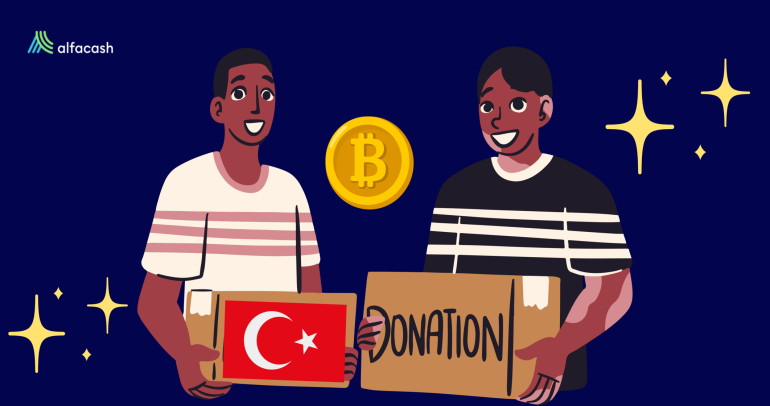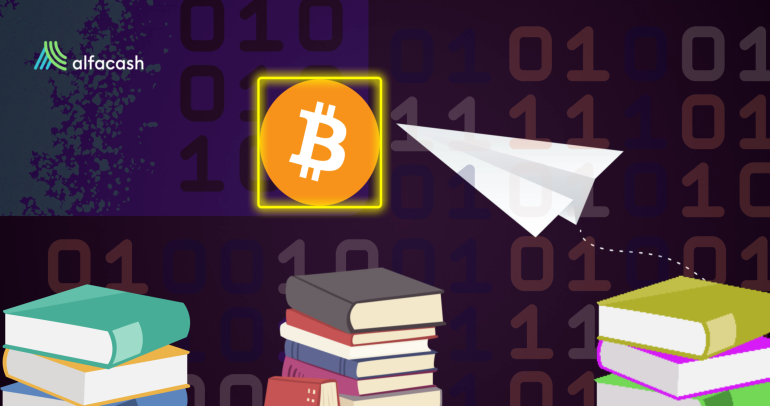Anyone can enjoy a videogame in their free time. Accordingly, a lot of people are more than willing to pay some (or a lot of) money to have a copy of a good game and play whenever they want to. In the case of online games, they can be willing to pay for memberships, skins, special items, and so on.
But what if, instead of only spending money on it, you would be able to make money too? That’s what the model Play-to-earn is about. There already are a lot of games that let you earn some cryptos just for playing. But there’s a crucial difference between them: some are game-faucets, while others offer new virtual assets that can be bought and sold indefinitely. And that’s exactly the charm.
Faucets vs play-to-earn games
Usually, the cryptocurrencyA digital currency running on a blockchain and built with cryptography. Contrary to central-bank issued currency, cryptocurrency issuance rules are... More faucets offer tiny rewards (or no-that-tiny if they have bets/lotteries) just by clicking on the Captcha. Making a poll or seeing a video are common tasks there as well. But there’s something funnier: faucet-games, offering crypto-rewards if you reach certain targets inside the game.
That kind of faucet is very common for mobile devices. You’ll find a lot of these simple software for Android and iOS. For example, the popular Alien Run by BitcoinBitcoin is the first decentralized digital currency. It was created in 2009, by an anonymous founder or group of founders... More Aliens. All that you need to do there is guide a small alien in a faster and faster race, avoiding obstacles on the way. The higher the level, the higher the reward.
Other mobile titles in this category include Bitcoin Bounce (with payments through Lightning Network), Turbo 84 (car race game), Cryptoword (Scrabble-like), Cryptopop (Candy Crush-like), and Bitcoin Food Fight. All of them are usually free, and the rewards aren’t very high. All the revenue comes from ads.
On the other hand, we have play-to-earn games. They include rewards in cryptocurrency too. However, the games don’t use to be that simple, and some initial investment (in cryptos) is usually required or, at least, encouraged. That’s because the game items (like cards or coins) have real-world value. If they’re unique or rare enough, they can even be very expensive.
A play-to-earn overview
We can make here an example with aliens too, but this time the game is “Alien Worlds” by the German studio Dacoco. “Alien worlds” is based on the Wax BlockchainBlockchain is a type of database storing an immutable set of data, verifiable to anyone with access to it —through..., and it has its own token, the Trilium (TLM). The players need to select a planet to start mining operations to get Trilium and Non-Fungible Tokens (NFTs).
Everyone can start this game for free, but the earnings are boosted if they invest some money to have new tools for mining. Besides, it works faster on a PC than on a phone, because there’s actual cryptocurrency mining involved (so, the hardware power matters). The TLM tokens and NFTs can be bought and sold for real prices. Therefore, you can make some value even if you decide to walk away from the game.
Another remarkable game we can mention in this category is Sorare, a fantasy football game based on Ethereum. There’s usually a bonus of NFT cards (with real value) to start playing, but the users will need to acquire more to create a virtual team and trade for others. The cards, as you may imagine, picture famous football players. They can be traded online for real cryptocurrencies. Plus, the players can compete in tournaments to win prizes every week.

The aforementioned games are only some small examples. We have a lot more inside the model play-to-earn.This includes popular titles like CryptoKitties, F1 Delta Time, LightNite, God Unchained, Splinterlands, and the ones within The Sandbox, a virtual world where everyone can create their own game.
A huge success: Axie Infinity
Axie Infinity is a blockchain-based play-to-earn game, which playable monsters or ‘axies’ are unique NFTs on Ethereum. It was released in March 2018 by the Vietnamese studio Sky Mavis, and it’s available for Windows, macOS, Android, and iOS. Currently, according to DappRadar, it’s the biggest contributor to the NFT economy.
The platforms counts with two tokens: Axie Infinity Shards (AXS), and Smooth Love Potion (SLP). The first one lets the users make staking to earn passive rewards and vote on the game’s development. The second one is the internal reward for all the gamers. SLP is earned in the battles with other axies —against a computer or other users.
Both of these tokens have real value, of course. Not only that: they’ve been doing it very well this year. AXS has increased by over 25,200% year-to-date [CoinMarketCap]. It started November with an all-time high, indeed ($165 per coin). Not to mention its market cap above $9 billion. Meanwhile, SLP increased by 300% year-to-date, with an all-time high of $0.41 per token last May.
Rewards with axies
But well, how is it possible to earn rewards inside the game? And how much can a player earn, on average? The answer depends heavily on the investment. Axie Infinity isn’t free to play. For starting, you’ll need to buy at least three axies. The cheaper ones are at around $100 – $200 in Ether (ETH). However, the more expensive, probably the more powerful inside the game. So, if you have more powerful axies, you can win more battles, and, therefore, earn more rewards.
On average, for a beginner with not-so-rare axies, it’s possible to earn from $140 in SLP monthly. If you breed new creatures (NFTs), you can sell them too at prices above $100 now. This even has worked for several low-income communities around the world as a great source of income.
And what about the initial investment? To get some decent axies and really win some battles, you probably need around $800. That’s why some companies and individuals are offering ‘scholarships’ for gamers to start without a penny. This way, the sponsor pays for some axies to start, and the gamer works with them to get more rewards. Then, they split the profits. Yes, the industry has grown to this point. And, likely, this is only the beginning. We can already start playing to earn!








